The God of Mummification
The Egyptian god of mummification and the afterlife as well as the patron god of lost souls and the helpless was known as Anubis. He is one of the oldest gods of Egypt, who most likely developed from the earlier (and much older) jackal god Wepwawet with whom he is often confused. Anubis’ image is seen on royal tombs from the First Dynasty of Egypt but it is certain he had already developed a cult following prior to this period in order to be cured on the tomb’s walls for protection.
Illustration & Associations
Anubis was described as a black canine, a jackal-dog hybrid with pointed ears, or as a muscular man with the head of a jackal. The color black was chosen for its symbolism, not because Egyptian dogs or jackals were black. Black symbolized the decay of the body as well as the fertile soil of the Nile River Valley which represented regeneration and life. The powerful black canine, then, was the protector of the dead who made sure they received their due rights in burial and stood by them in the afterlife to assist their resurrection. He was known as “First of the westerners (departed souls)” prior to the rise of Osiris in the Middle Kingdom which meant he was king of the dead. In earlier times, Anubis was regarded as the son of Ra and Hesat, but after his assimilation into the Osiris myth he was held to be the son of Osiris and his sister-in-law Nephthys. He is the earliest god illustrated on tomb walls and cited for protection of the dead and is usually shown tending to the corpse of the king, presiding over mummification and funerals, or standing with Osiris, Thoth, or other gods at the Weighing of the Heart of the Soul in the Hall of Truth in the afterlife. A popular image of Anubis is the standing or kneeling man with the jackal’s head holding the golden scales on which the heart of the soul was weighed against the white feather of truth. His daughter is Qebhet who brings cool water to the souls of the dead in the Hall of Truth and comforts the newly deceased. Anubis’ association with Nephthys and Qebhet emphasizes his long-standing role as protector of the dead and a guide for the souls in the afterlife.
Name & Role in Religion
The name “Anubis” is the Greek form of the Egyptian Anpu which meant “to decay” signifying his early association with death. He had many titles besides “First of the Westerners” and was also known as “Lord of the Sacred Land”, “He Who is Upon His Sacred Mountain”, “Ruler of the Nine Bow”, “The Dog who Swallows Millions”, “Master of Secrets”, “He Who is in the Place of Embalming” and “Foremost of the Divine Booth” referencing his presence in the embalming booth and burial chamber. As his various titles make clear, Anubis was central to every aspect of an individual’s death experience in the role of protector and even stood with the soul after death as a just judge and guide.
Anubis in history
In the Early Dynastic Period and the Old Kingdom, Anubis was the sole Lord of the Dead and righteous judge of the soul, but as the Osiris myth became more popular, the latter god took on more and more of Anubis’ attributes. Anubis remained a very popular god, however, and so was assimilated into the Osiris myth by discarding his earlier parentage and history and making him the son of Osiris and Nephthys born of their affair. According to this story, Nephthys (Set’s wife) was attracted by the beauty of Osiris (Set’s brother) and transformed herself to appear to him as Isis (Osiris’ wife). Osiris slept with Nephthys and she became pregnant with Anubis but abandoned him shortly after his birth in fear that the affair would be discovered by Set. Isis found out about the affair and went searching for the infant and, when she found him, adopted him as her own. Set also found out about the affair, and this is given as part of the reason for his murder of Osiris.
After his assimilation into the Osiris myth, Anubis was regularly seen as Osiris’ protector and “right-hand man” who guarded the god’s body after death, oversaw the mummification, and assisted Osiris in the judgment of the souls of the dead. Anubis was regularly called upon for protection and vengeance; especially as a powerful ally in enforcing curses placed on others or defending one's self from such curses.
Worship of the God
The priests of Anubis were male and often wore masks of the god made of wood in performing rituals. The god’s cult center was in Upper Egypt at Cynopolis (“the city of the dog”), but there were shrines to him throughout the land and he was universally revered in every part of the country. Scholar Richard H. Wilkinson wrote:
The chapel of Anubis in the temple of Hatshepsut at Deir el-Bahri may have given continuity to an earlier shrine of the god in that area and provides an excellent example of the continuing importance of the god long after his assimilation into the cult of Osiris. Because he was said to have prepared the mummy of Osiris, Anubis became the patron god of embalmers and in the Memphite necropolis, an area associated with the embalmers seems to have become something of a focal point for the cult of Anubis in the Late Period and Ptolemaic times and has been termed ‘the Anubeion’ by modern Egyptologists. Masks of the god are known, and priests representing Anubis at the preparation of the mummy and the burial rites may have worn these jackal-headed masks in order to impersonate the god; they were certainly utilized for processional use as this is depicted representationally and is mentioned in late texts. The many two- and three-dimensional representations of Anubis which have survived from funerary contexts indicate the god’s great importance in this aspect of Egyptian religion and amulets of the god were also common.
Although he does not play a major role in many myths, his popularity was immense, and as with many Egyptian deities, he survived on into other periods through association with the gods of other lands. The Greeks associated him with their god Hermes who guided the dead to the afterlife and, according to Egyptologist Salima Ikram, Anubis became associated with Charon in the Graeco-Roman period and St. Christopher in the early Christian period.



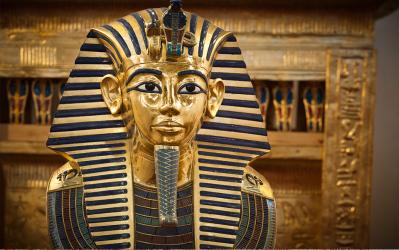
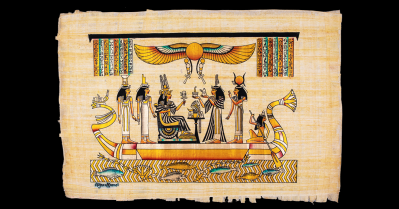
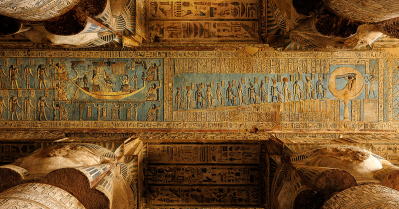
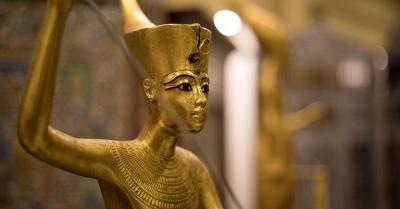
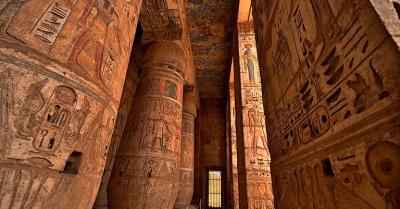
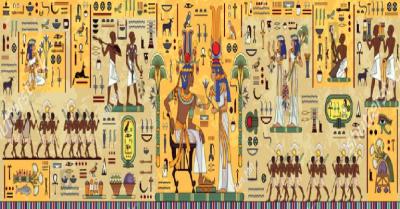
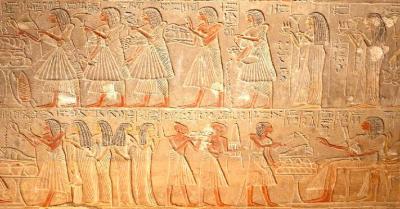
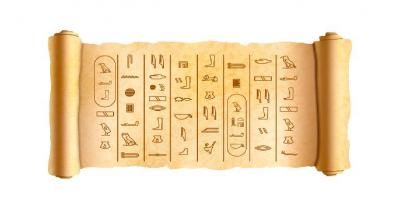

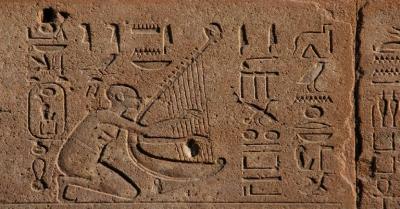

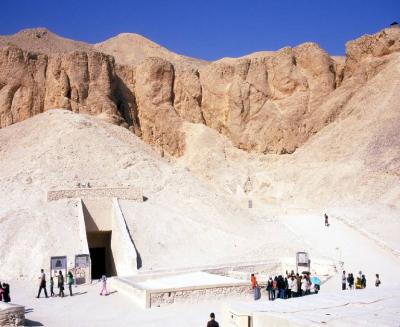
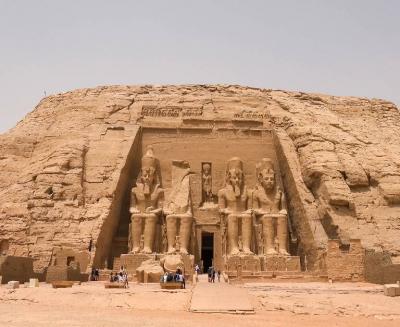
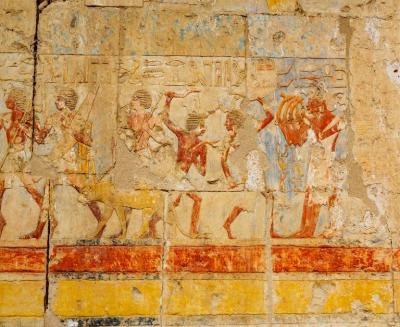
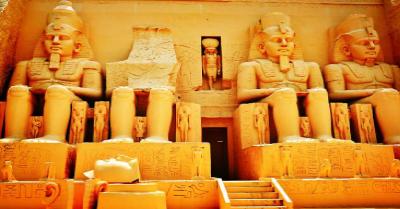
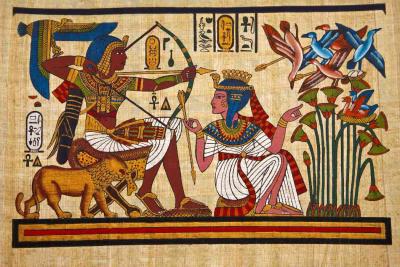
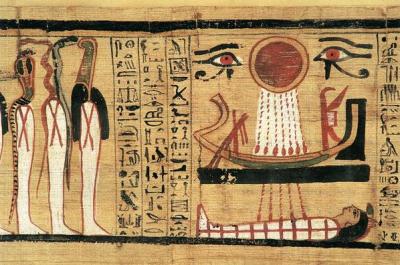
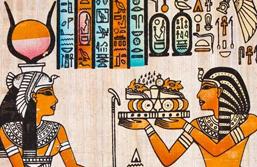
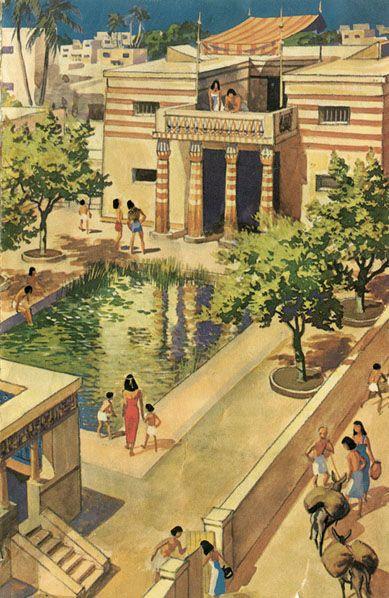
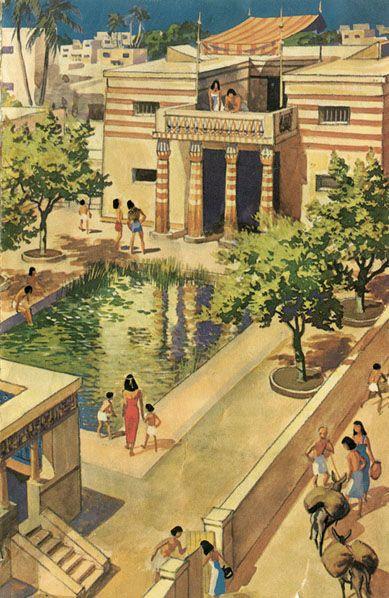
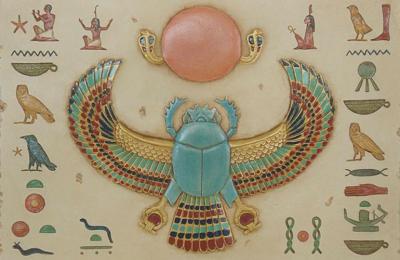
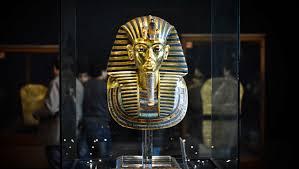
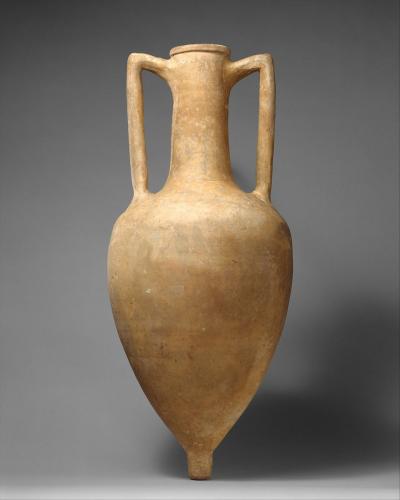
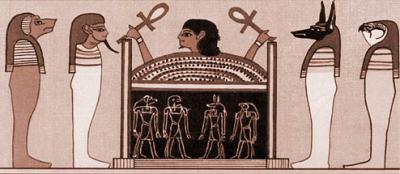
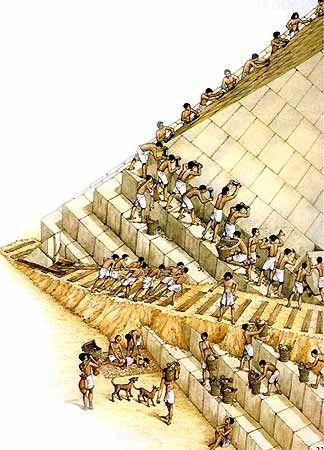

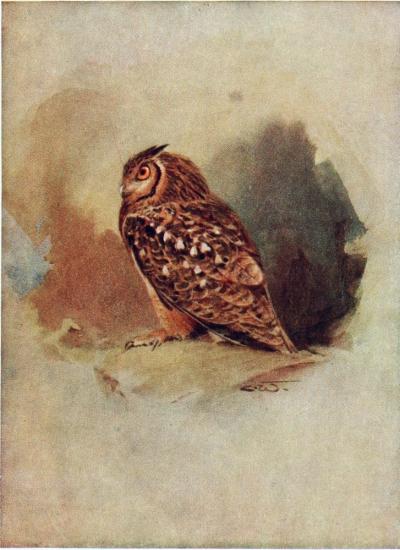
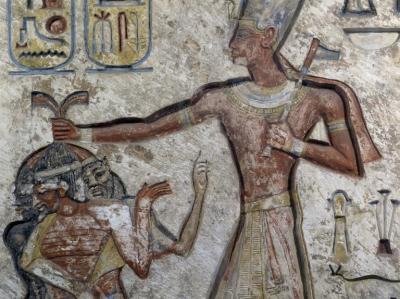
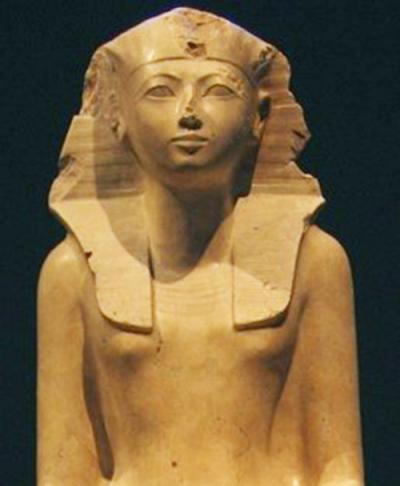



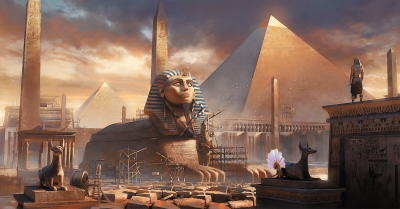
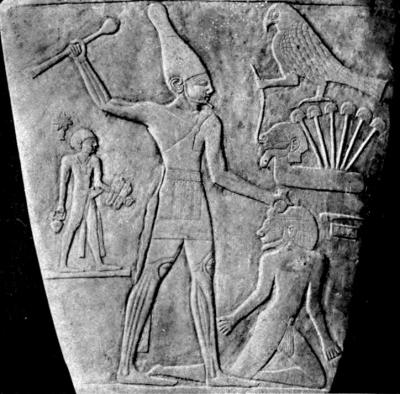








Comments